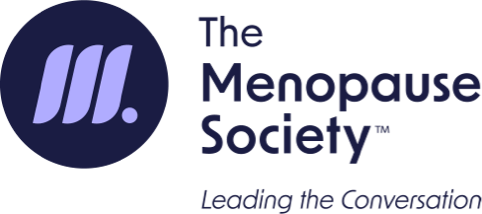New study identifies key risk factors of dry eye disease, including menopause, autoimmune disease, smoking, and use of lenses
CLEVELAND, Ohio (Oct 21, 2025)—Many symptoms, such as hot flashes and vaginal dryness, are commonly associated with the menopause transition. One of the lesser-known symptoms that worsens in midlife is dry eyes. A new study suggests that postmenopausal women exhibit a higher prevalence of dry eye disease than perimenopausal women. Results of the study will be presented at the 2025 Annual Meeting of The Menopause Society in Orlando October 21-25.
Dry eye disease is a relatively common disease characterized by eyes not providing enough tears or the tears evaporating too quickly. This leads to dryness and discomfort and, if left untreated, eye infections and damage to the surface of the eyes. Patients with dry eye disease typically complain of a dry, gritty, or burning sensation, along with redness and inflammation.
Known risk factors for dry eye disease include age, allergies, and autoimmune diseases, among others. Some medications can also lead to increased risks, including common prescriptions for high blood pressure and depression. Sex steroids have also been shown to play a role in tear production.
A new cross-sectional analytical observation design study involving more than 3,500 women with a mean age of 52 years was designed to evaluate the insights, symptoms, and prevalence of dry eye disease in premenopausal and postmenopausal women using the Ocular Surface Disease Index (OSDI) questionnaire. An additional objective was to investigate the relationship between dry eye disease and menopause as a potential risk factor, as well as a history of autoimmune disease, tobacco use, and use of lenses.
The prevalence of dry eye disease according to the menopause period revealed that 57.38% of menopausal women had the disease compared to 53.22% of premenopausal women based on their OSDI scores. More detailed results will be discussed at the 2025 Annual Meeting of The Menopause Society as part of the abstract presentation entitled “Dry Eye Disease: An Unrecognized Problem in Clinical Practice.”
“As a result of this study, clinicians should add dry eye disease to their routine questionnaires,” says Debora Yankelevich, lead author from Hospital de Clinicas Jose de San Martin in Buenos Aires, Argentina.
These findings highlight the need for greater awareness and education of dry eye disease so that it can be diagnosed and treated before more serious complications arise.
“It’s important to tease out the influence of aging and hormones on health. We are learning more about changes in eye health in midlife women. Early detection of dry eye disease allows for timely intervention with tailored treatments to preserve comfort, vision quality, and ocular surface health, says Dr. Stephanie Faubion, medical director for The Menopause Society.
Both Debora Yankelevich and Dr. Faubion are available for interviews prior to the Annual Meeting.
For more information about menopause and healthy aging, visit menopause.org.
The Menopause Society is dedicated to empowering healthcare professionals and providing them with the tools and resources to improve the health of women during the menopause transition and beyond. As the leading authority on menopause since 1989, the nonprofit, multidisciplinary organization serves as the independent, evidence-based resource for healthcare professionals, researchers, the media, and the public and leads the conversation about improving women’s health and healthcare experiences. To learn more, visit menopause.org.

